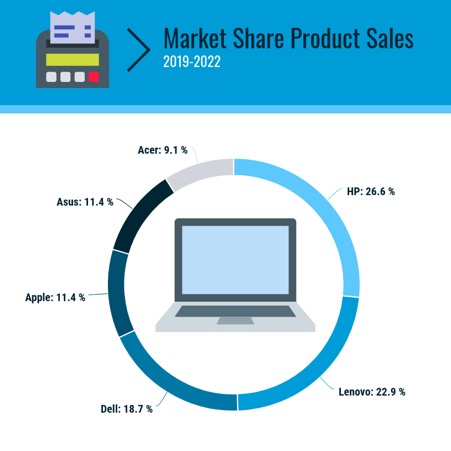10 Tips In Using A Pie Chart Maker
A pie chart is a circular graphic that is used to show the comparison of elements as fractions of a whole. Pie charts are very useful, especially for those who do not want to spend time figuring out numbers and statistics. Even those who do not like math can easily relate or identify with it as well as explain or depict data because pie charts make use of simple and understandable symbols like colors, shapes, sizes, or icons.
The beauty of a pie chart is that it can be very informative, especially to those who are visual learners. But there are still some people who do not want to make a pie chart because they say that pie charts may mislead one in making conclusions. Following are 10 tips in using a pie chart maker.
1. Know which type of graph to use
Pie charts are best used when one wants to compare parts or fractions of something. It uses simple and understandable symbols, colors, shapes, sizes, or icons so it can be very informative, especially to those who learn visually like kids for example. If you want to make a comparison of the parts or fractions, then pie charts are for you. But if you want to show how something works, what its parts are, and how they make up the whole; it is better to use bar graphs instead.
2. Check whether your data is appropriate for using a pie chart
Pie charts should only be used when you have your values. And that is to say that it must represent the parts or fractions of one whole. It means that there should be a total amount, and all that you want to depict are its parts or fractions. If you do not have the total amount then pie charts are not for you.
Visit Venngage to check out other infographics that may be appropriate for your data. When you determine the perfect graph for your data, use Venngage’s graph maker.
3. Use colors appropriately
Using color is very helpful in catching the attention of people. But also colors can mislead one in conclusion so use them carefully. There is a difference between primary and secondary colors when they are used to create a pie chart. A good example of this is when you have four sectors in a pie chart, then each sector should be using one color only. Using two different colored sectors to mean one thing is not good.

Venngage
4. Keep labels clear and concise on your pie chart creator
The pie chart should be able to provide information clearly and accurately at first look, so make sure that the label is easy to read especially if you are using a smaller font size. Avoid cramming too much text on your pie chart, because it will make your audience squint their eyes. If you need to explain more about the chart, then use a separate label on the side of your pie chart or its graph.
5. Use arc length instead of angles for sector size
Pie charts are usually divided into sectors or parts; each part is said to be one portion of the entire fraction. The problem with this is that different sectors have different angle dimensions. So it is better to use arc length instead of angles because arcs can be easily measured anytime, anywhere, and faster as well.
6. Use the full pie size on your pie chart generator
When you are using a small or little piece of the whole pie to represent your data, then people will think that your data is way less than what you want to show. So it is better to use the whole pie size especially if your data won't be affected by doing so.
7. Avoid using more than two colors in one sector
Reducing the number of colors that a sector should have will make it easier for people to recognize and understand what each color represents. Using more than two colors in one sector defeats the purpose of using a pie chart.
8. Make sure that your labels are appropriate
When you use numbers or values in your pie, then you need to make sure that all labels are appropriate and accurate because there is a great likelihood that people will trust what they see on the chart more than what you say.
9. Make sure that the baseline is straight and starts from zero
Make sure that your graph is well calibrated and make it a point to add zero on all of its axes so people will not have any problem interpreting the values you show in your pie chart.
10. Use a pie graph maker sparingly
You can use pie charts just like bar graphs to help you interpret data, but they should be used only to depict parts or fractions of the whole because this is its primary purpose. You can use a bar graph when showing how something works or what are its components.

Venngage
Bottomline
Pie charts are very powerful in helping people interpret their data, so if you want to use them, make sure that your data is appropriate for using pie charts. Otherwise, bar graphs will be better.
Copyright © . All Rights Reserved